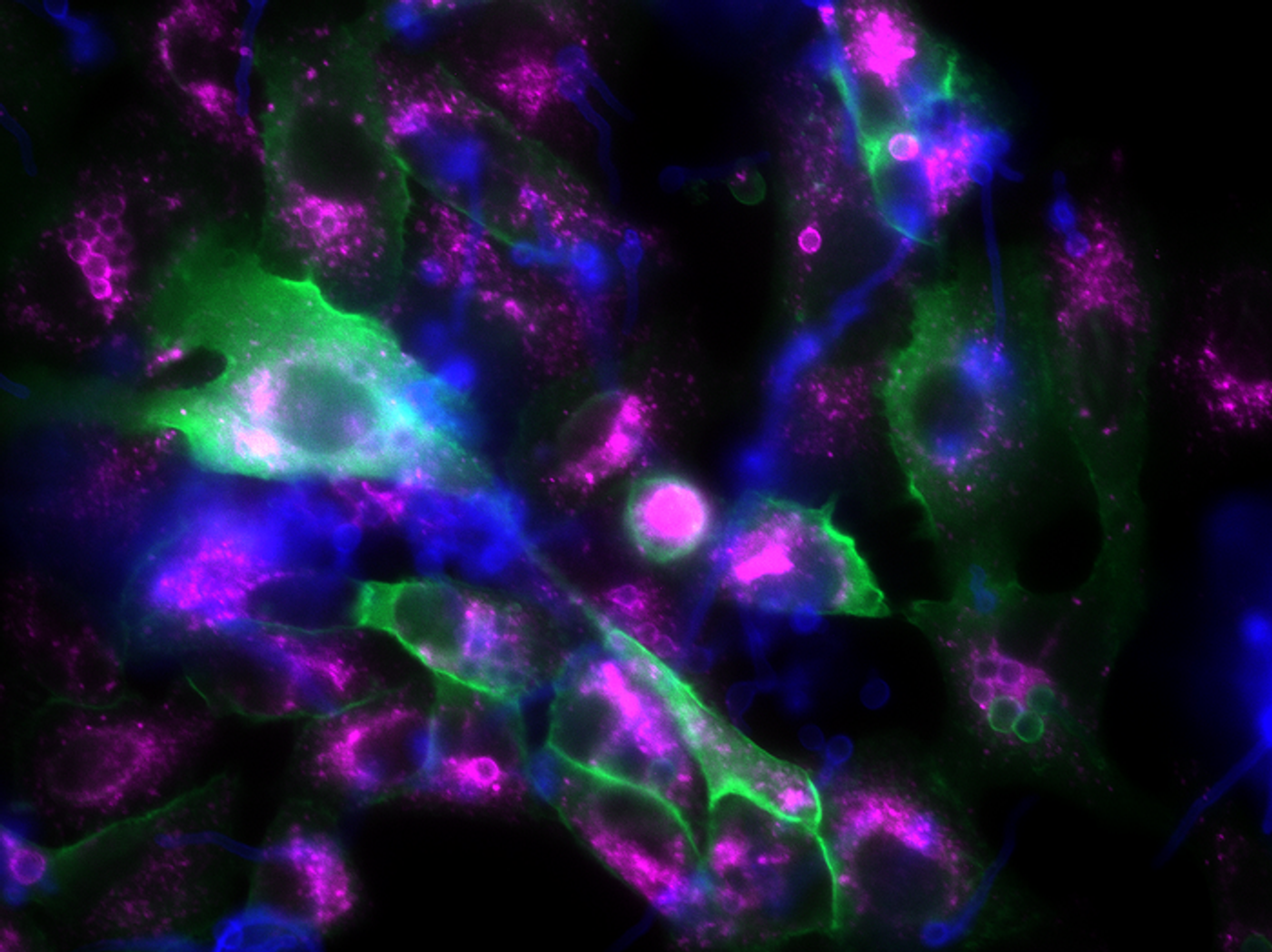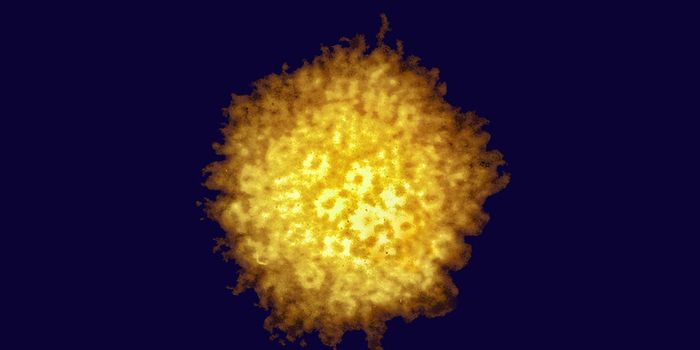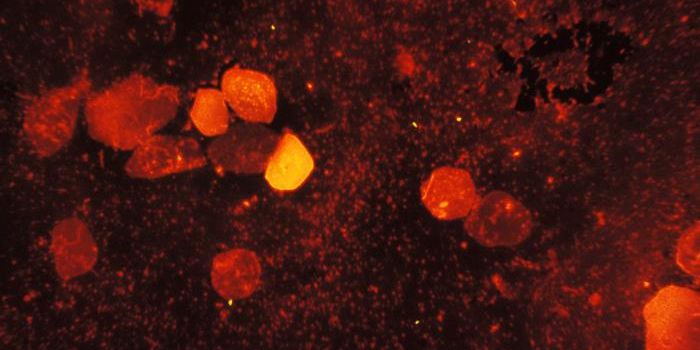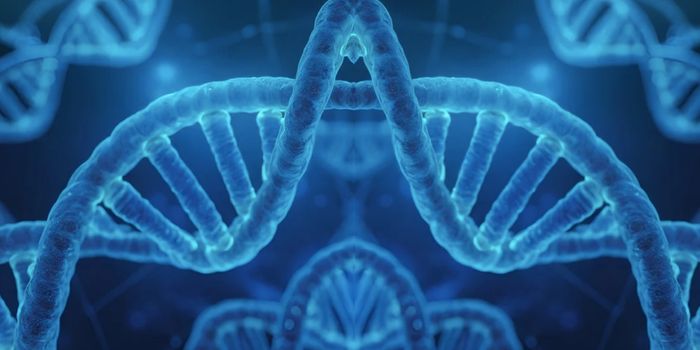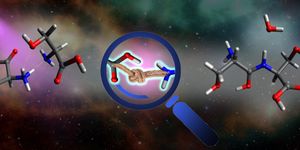A Fungal Pathogen Can Halt a Protective Process in Lung Cells
Aspergillus fumigatus is a common fungus; it grows in many places including soil, plant matter, and dust around the world. It can also invade the human body. While most healthy people can eliminate A. fumigatus, the fungus can cause a deadly disease known as aspergillosis in people with compromised immune systems. Over half of aspergillosis patients do not survive.
A. fumigatus can bind to a protein in epithelial cells of the lungs, and evade elimination by taking up residence in phagosomes. Scientists have learned more about how this pathogenic fungus disrupts a natural protective response in the lungs. The findings have been reported in Cell Host & Microbe, and may open up new treatment options.
Lung epithelial cells form a crucial barrier against pathogens in the air, including fungal spores, noted corresponding study author Axel Brakhage, the director of Leibniz Institute for Natural Product Research and Infection Biology (Leibniz-HKI).
While these cells are not specialized pathogen destroyers like some immune cells (or so-called professional phagocytes), they can still surround foreign material and invaders, and lock them into compartments called phagosomes. The phagosome undergoes a maturation process, and the trapped invaders are eliminated.
But this new study has shown that fungal spores can alter this defensive response. A fungal protein made by A. fumigatus called HscA can bind to a human protein called p11, which triggers a series of events that stops the phagosome from degrading the fungus.
When the researchers eliminated the p11 protein, fungal spores in phagosomes are destroyed. If the fungal protein, HscA is switched off, the fungal spores are still destroyed. But if the fungal and human proteins are functioning normally, the phagosomes never mature and the fungal spores are not destroyed. The investigators found that the fungi that remained in the immature phagosomes formed extensions called hyphae, and some spores were also released from the cell to cause infection in neighboring cells.
The researchers also found that the same mechanisms were at work in different immune cells.
Stem cell transplant recipients are particularly vulnerable to infection because their immune systems have been shut down. An examination of about 500 recipients and donors of stem cell transplants indicated that about one quarter had gotten a serious case of invasive aspergillosis following the transplant.
But researchers found that when stem cell transplant patients carried a certain mutation in their p11 gene, they were less likely to get aspergillosis. "This result helps to keep a particularly close eye on patients who are more at risk," said lead study author Leijie Jia.
Both Hsca and p11 could help treat aspergillosis as well, but more a lot more research will be needed before such a treatment would be available.
Sources: Leibniz Institute for Natural Product Research and Infection Biology - Hans Knoell Institute, Cell Host & Microbe
